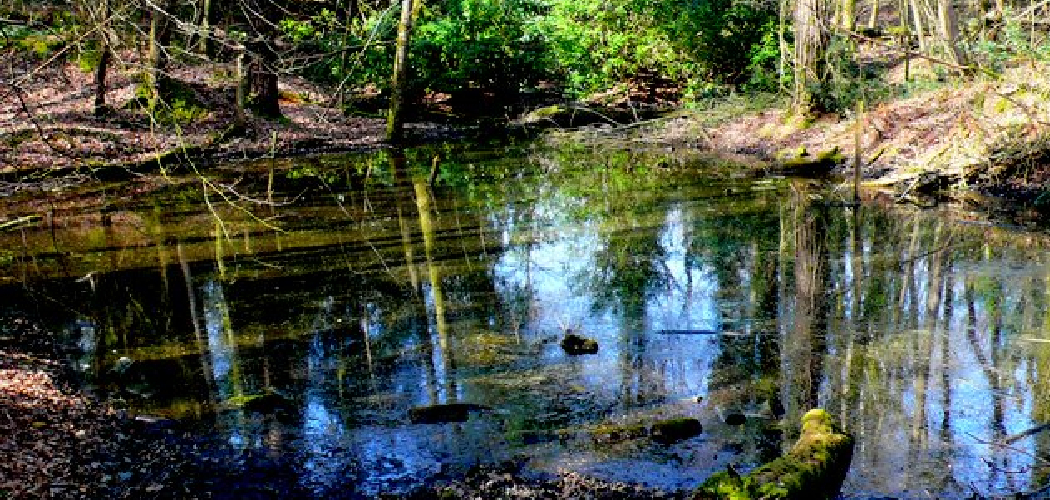Do you want to learn how to fill a pond with water? Filling a pond can be a great way to make your outdoor space look more beautiful and add some extra fun activities. It may seem intimidating, but it’s actually quite manageable when you know the right steps. In this article, we will walk through everything you need to know in order to successfully fill a pond with water. From choosing the right materials to ensuring proper drainage, we’ll help you make your pond dreams come alive!
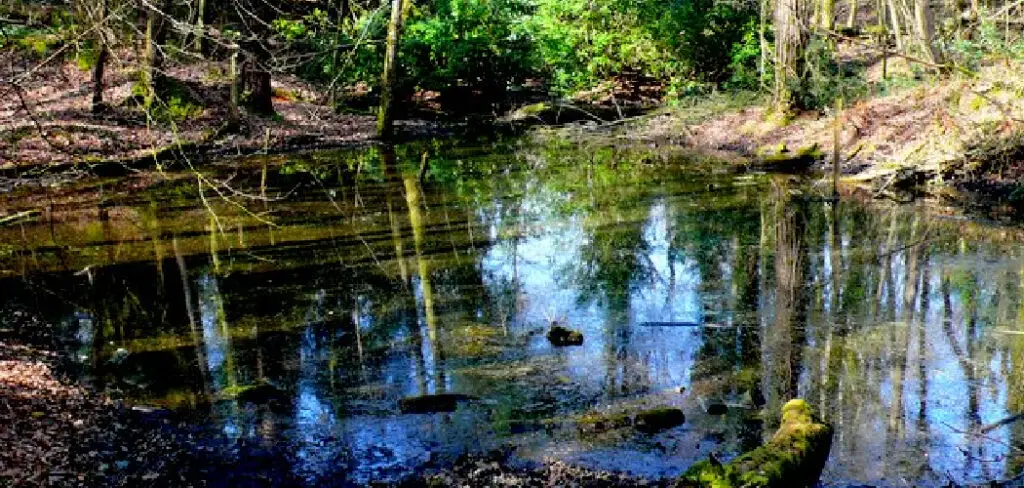
If you are looking to create a beautiful and tranquil pond in your backyard, it is important to know how to fill it with water. This article explores the best ways to get your pond filled up so you can enjoy its beauty and serenity. We will cover topics such as locating a nearby water source, acquiring the necessary equipment, preparing the area around the pond, and making sure it is adequately filled. With a few simple steps and the right resources, you’ll be able to enjoy your pond in no time!
Why May You Want to Fill a Pond With Water?
1. To Create a Natural Water Source
One of the main reasons people decide to fill a pond with water is to create an accessible source of natural water. While residential and commercial properties may not have access to a nearby lake, by creating your own pond you can provide yourself with an all-natural resource for swimming, fishing, and other activities.
2. To Enhance the Existing Landscape
When filled with water, a pond can have a stunning effect on the overall landscape. By adding plants and strategic lighting, you can create a tranquil atmosphere in any outdoor space. Additionally, some homeowners might be able to use their newly filled pond as a natural source of irrigation for their garden or lawn.

3. To Support Aquatic Life
Finally, by filling a pond with water, you can create an ideal habitat for many types of aquatic species. Fish, frogs, and other animals will appreciate the introduction of clean, healthy water to their environment. Additionally, you may even be able to attract migratory birds or other wildlife that thrive in wet environments.
How to Fill a Pond With Water in 5 Easy Steps
Now that you understand why it might be beneficial to fill a pond with water, here is how you can do so safely and efficiently. Follow these steps to successfully fill your pond with water.
Step 1: Gather All The Needed Materials:
The very first step when filling a pond with water is to gather all the necessary materials. You will need some sort of pump, such as an electric pump or a gas-powered one, depending on the size of your pond and the amount of water you wish to fill it with. Additionally, you’ll need hoses, connectors, and any other tools that are required to get the job done.
Step 2: Prepare The Pond for Filling:
Before you start filling your pond with water, it’s important to prepare the area. You need to make sure that there are no obstructions or hazards in and around the pond, such as rocks, plants, or other debris that could cause a problem later on.
Step 3: Connect the Pump and Hoses:
Once you have gathered all of your materials, it’s time to connect them. If using an electric pump, be sure to plug it into a GFCI-protected outlet, as this will help prevent any potential electrical shocks. Once the pump is connected, attach the hoses to the inlet and outlet of the pump and make sure that they are secure.
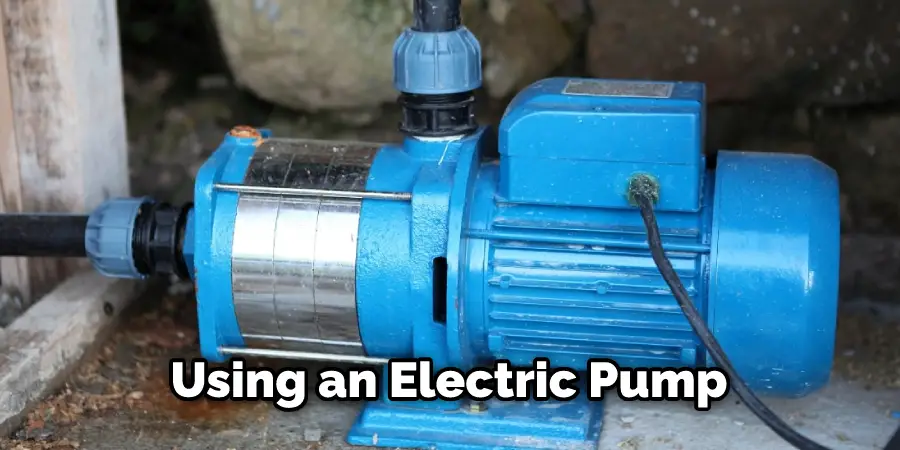
Step 4: Begin Filling the Pond With Water
Once everything is securely connected, you can now begin filling your pond with water. Start by turning on the pump and allowing it to fill the pond until you reach your desired depth. You have to be extra careful while doing this.
Step 5: Monitor Your Progress
The last step is to monitor your progress. Pay close attention to the water level and make sure that it doesn’t reach any dangerous levels. If you notice any changes or irregularities, turn off the pump immediately and review what went wrong.
Once you have followed these steps and successfully filled your pond with water, you can now enjoy its beauty and reap its many benefits. Make sure to regularly maintain the pond and its water levels to ensure that it remains healthy and clean. Good luck!
Some Additional Tips to Fill a Pond With Water
1. Do Not Overfill the Pond
If a pond is filled too high, it can create flooding and put pressure on the walls of the pond. When filling a pond with water, be sure to stop when it reaches an appropriate level. Also, avoid filling it with a hose or pipe that has too much pressure; this can cause damage to the pond.
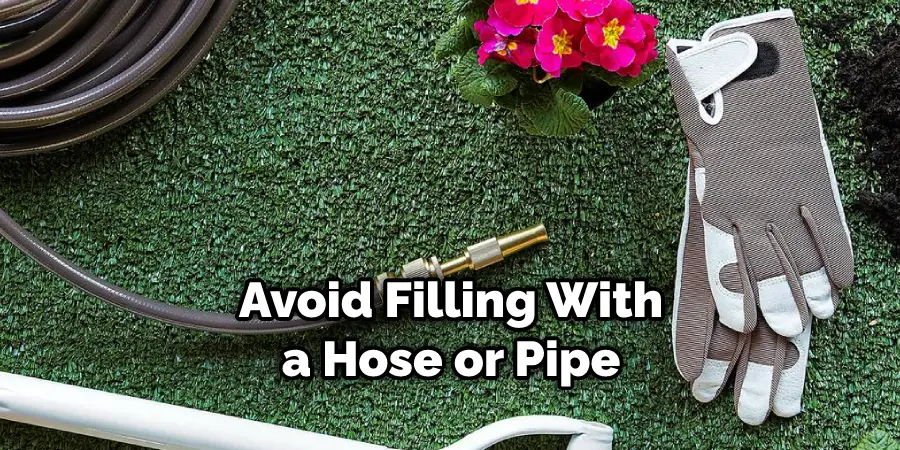
2. Check for Leaks
Before refilling a pond with water, make sure to check the perimeter and walls of the pond for any signs of leakage. If there are any visible cracks or leaks, they should be filled in before refilling the pond.
3. Use a Submersible Pump
Using a submersible pump can help get water into the pond quickly and efficiently, as well as any other large bodies of water such as swimming pools or hot tubs. This is especially helpful when dealing with bigger ponds that need to be filled up quickly.
4. Test the Water Quality
After filling a pond with water, it is important to test the water quality in order to make sure that it is safe for fish or other aquatic life. This can be done by consulting with a local expert, or by purchasing a testing kit from your local hardware store.
5. Monitor the Level of Water
After filling a pond with water, it is important to regularly monitor the level of water. In some cases, the level might drop due to evaporation or other reasons. If this happens, you may need to refill the pond again in order to maintain a safe and healthy environment for any aquatic life that may inhabit it.
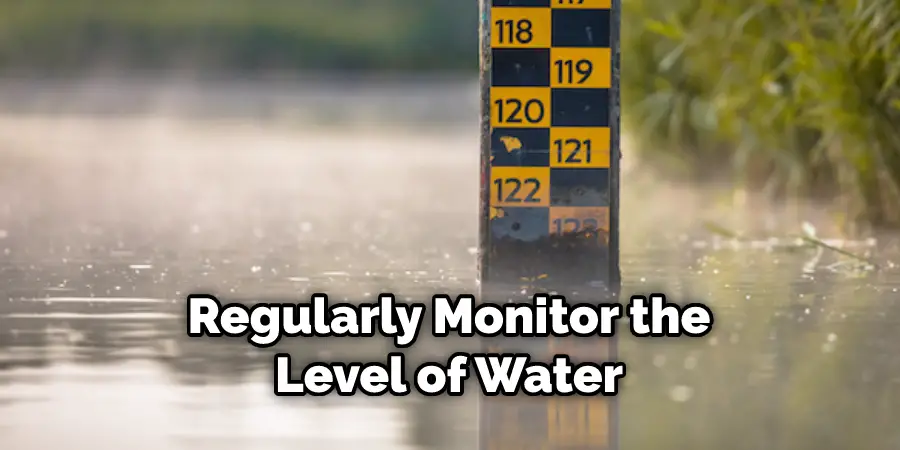
Frequently Asked Questions
What Precautions Should I Take Before Filling a Pond With Water?
There are several precautions you should take before filling a pond with water. Make sure the liner of the pond is securely in place and undamaged, as any damage could lead to water leakage. Additionally, if your pond has been previously used, remove any debris or organisms that may have built up in the liner, as these can cause water quality issues.
It is also important to treat the water prior to adding it to the pond, by using a water conditioner that can remove chlorine and other impurities from the water. Lastly, ensure that any pumps or filters are installed correctly before filling them with water.
What Is The Best Way to Fill a Pond With Water?
The best way to fill a pond with water is by using a garden hose or other water source. Start by filling up the shallow end of the pond first and then slowly increase the depth until it is full. It’s important to keep an eye on the water level as you fill, and make sure that it does not go over the pond’s maximum water level.
Additionally, make sure to introduce a small amount of water conditioner into the pond to keep the water safe for any aquatic life. Lastly, consider adding oxygenating plants and beneficial bacteria to help maintain a clean and healthy environment in the pond.
Are There Any Alternatives to Filling a Pond With Water?
Yes, there are several alternatives to filling a pond with water. For example, if you live near a natural body of water, such as a lake or river, you can use that instead of using tap water. This has the benefit of introducing beneficial bacteria and organisms into the pond ecosystem right away. Additionally, rainwater is a viable option for filling your pond, as it does not contain chlorine or other impurities. Lastly, you can also create a water garden by using aquatic plants that grow in shallow pools of water. This method may require some maintenance but can be quite rewarding when done correctly.
Conclusion
Now you know how to fill a pond with water. It is important to consider the safety of both humans and wildlife when filling a pond with water. Remember to check for any cracks in the basin, adding water, as this causes damage or injury. Once the pond is filled, enjoy your new aquatic habitat!
With these steps, it is easy to fill a pond with water and create a wonderful habitat for wildlife. After completing this process, you can start planning what kind of fish or plants you want to add to your new pond! Have fun and enjoy the beauty of nature!

